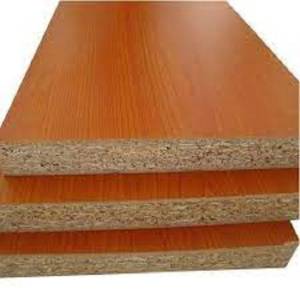
Particle board, also known as chipboard, is an engineered wood product manufactured from wood particles, or wood chips, bound together with resin and compressed under high pressure. This process creates a flat panel that's both cost-effective and widely usable in various applications. While not as strong as solid wood, its affordability and versatility make it a popular choice for many projects.
Key Features and Benefits:
Types of Particle Board:
Particle board comes in various grades, each suited to different applications:
Applications:
Particle board is used extensively in:
Limitations:
Choosing the Right Particle Board:
When choosing particle board, consider the following:
Particle board is a versatile and affordable material that plays a crucial role in various industries and DIY projects. Understanding its properties and limitations will allow you to use it effectively and achieve optimal results.